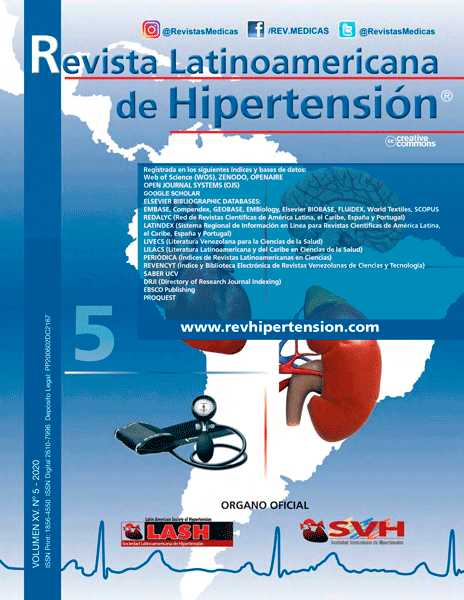The Association of MRI findings in migraine with the headache characteristics and response to treatment
Palabras clave:
Headache, Migraine, MRI of Brain, Topiramate, White matter hyper intensities (WMHI).Resumen
Background: Migraine is associated with magnetic resonance imaging (MRI) changes as white matter hyper intensities (WMHI), which is interpreted as ischemic in origin, the clinical significance & pathophysiology of these lesions are not well understood. The aim of study: to investigate these lesions and to find the relationships to the character of the headache and the effect on the response to treatment.
Methods: a prospective, analytical study was conducted in Mosul city on 100 adult patients who were attending the neurological clinic, all fulfilled the migraine diagnostic criteria according to the Headache Classification Committee of the International Headache Society (IHS), the patients’ demographics and the clinical characteristics of the headache were evaluated, all patients were examined by MRI, given treatment and followed up for three months.
Results: average age was 35.04 years, with the highest prevalence noted at 29-38 years, of all patients 36% were having WMHI in MRI (positive group),while 64% were having normal MRI study (negative group),the average headache frequency was 5.69 attacks /month, average severity was (3.6) according to GAMS (Global assessment of migraine severity), average disability was 14.29 according to migraine Disability Assessment Questionnaire (MIDAS), the average duration was 10.63 hours, the mean frequency, severity, disability and duration were all significantly higher in the positive group, compared to the negative groups, and all are significantly reduced after treatment, however (91.3%), of improved cases (n=23) were from the negative group.
Conclusion: migraine is associated with WMHI. Patients with WMHI showed a higher frequency, severity, disability as well as longer duration of the headache and a less favorable response to treatment.

